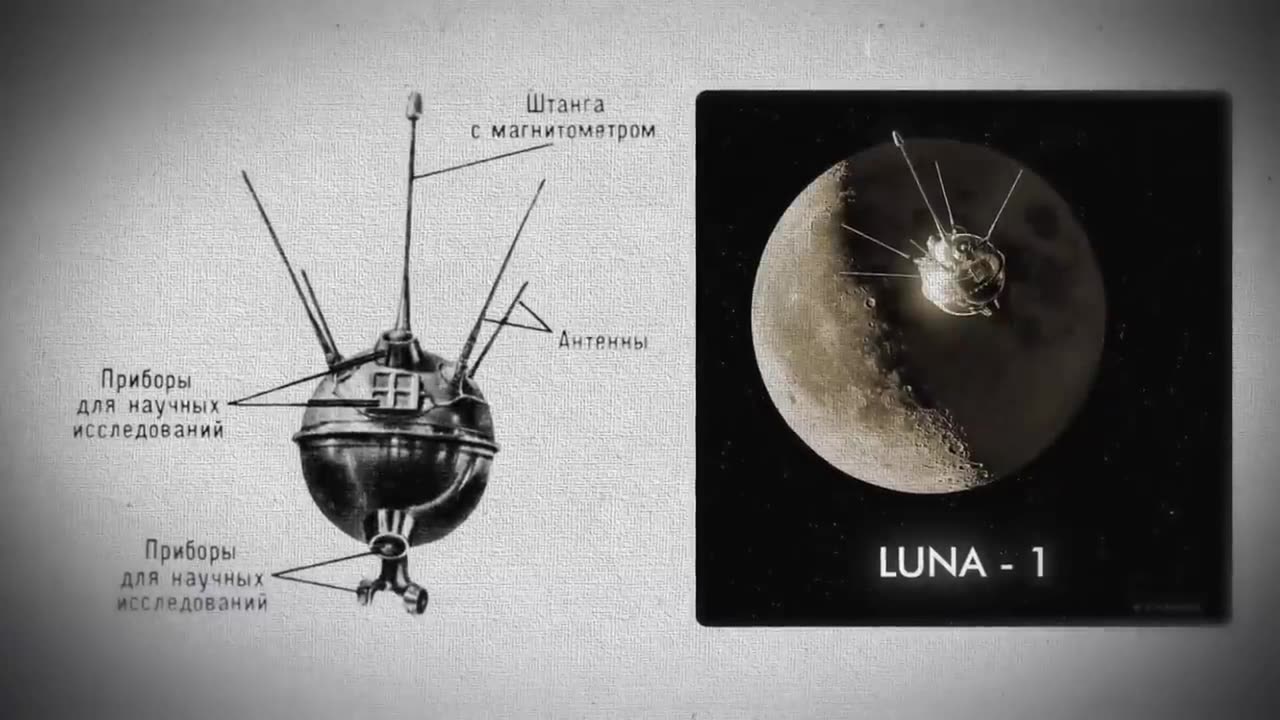Premium Only Content

Dhurv Rathee
India's Chandrian-III moon landing.. Historical success. Moon missions refer to human and robotic expeditions to Earth's natural satellite, the Moon. The historic Apollo program, conducted by NASA from 1961 to 1972, resulted in six successful crewed missions (Apollo 11 to 17) that landed astronauts on the Moon's surface. Apollo 11, in 1969, was the first mission to achieve this feat, with Neil Armstrong and Buzz Aldrin taking historic steps. They conducted experiments, collected samples, and returned to Earth.
After the Apollo program, robotic missions continued, including lunar orbiters, impactors, and rovers. In recent years, interest in Moon missions has resurged. China's Chang'e program has achieved multiple successful lunar missions, including orbiters, landers, and the deployment of the Yutu rovers. India's Chandrayaan missions have also contributed to lunar exploration.
NASA's Artemis program aims to return humans to the Moon by the mid-2020s, focusing on sustainable lunar exploration and preparing for future Mars missions. Private companies like SpaceX are also planning crewed lunar missions.
Moon missions have expanded our understanding of the Moon's geology, history, and potential resources, while also serving as stepping stones for further space exploration and technological advancements.
-
 LIVE
LIVE
Wendy Bell Radio
4 hours agoPet Talk With The Pet Doc
7,603 watching -
 LIVE
LIVE
BBQPenguin_
2 hours agoDragonball Z - The Android Saga
63 watching -
 LIVE
LIVE
Total Horse Channel
2 hours ago2025 URCHA Futurity | Derby & Horse Show | Saturday
208 watching -
 LIVE
LIVE
DynastyXL
2 hours ago🔴LIVE: Fortnite The Comeback Stream Starts Here🎃
20 watching -
 LIVE
LIVE
njgaming23
42 minutes agoCoffee and Morning vibes #rumbletakeover
8 watching -
 1:09:19
1:09:19
Ami's House
1 day ago $10.04 earnedWhen Defending Israel Backfires: Are We Pushing Our Last Friends Away? With Karys Rhea
145K135 -
 8:13
8:13
WhaddoYouMeme
18 hours agoThis Gets More Tragic By The Second
6264 -
 40:47
40:47
SouthernbelleReacts
2 days agoThe Faculty (1998) | Back-to-School Horror Movie Reaction | Alien Invasion in High School!
6114 -
 6:58
6:58
Adam Does Movies
17 hours ago $0.09 earnedCaught Stealing - Movie Review
5981 -
 23:41
23:41
JohnXSantos
14 hours agoI Built a $1M Clothing Line for My Toddler in Just 14 Days
4751